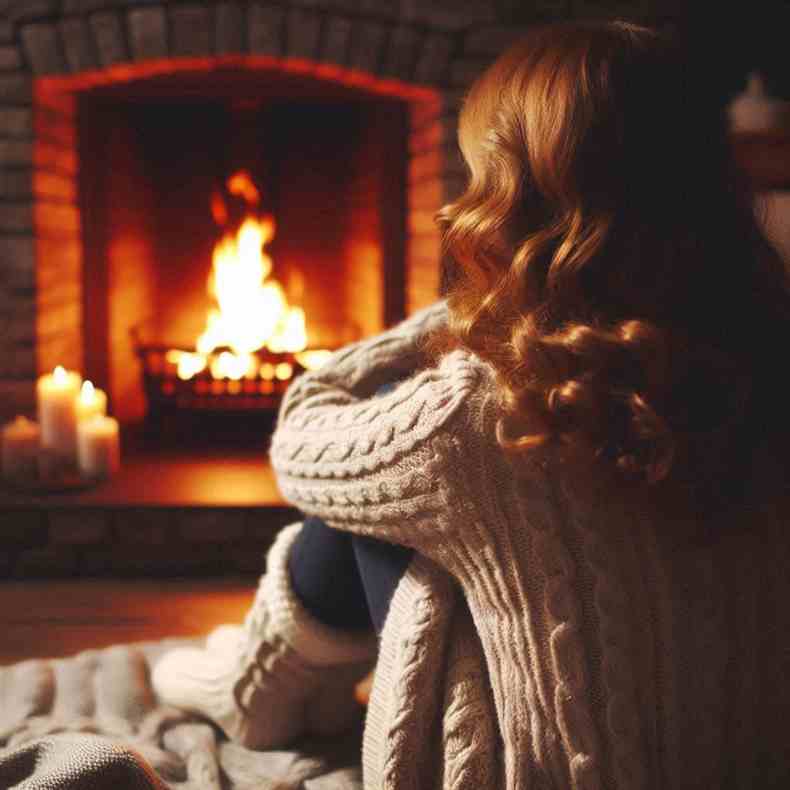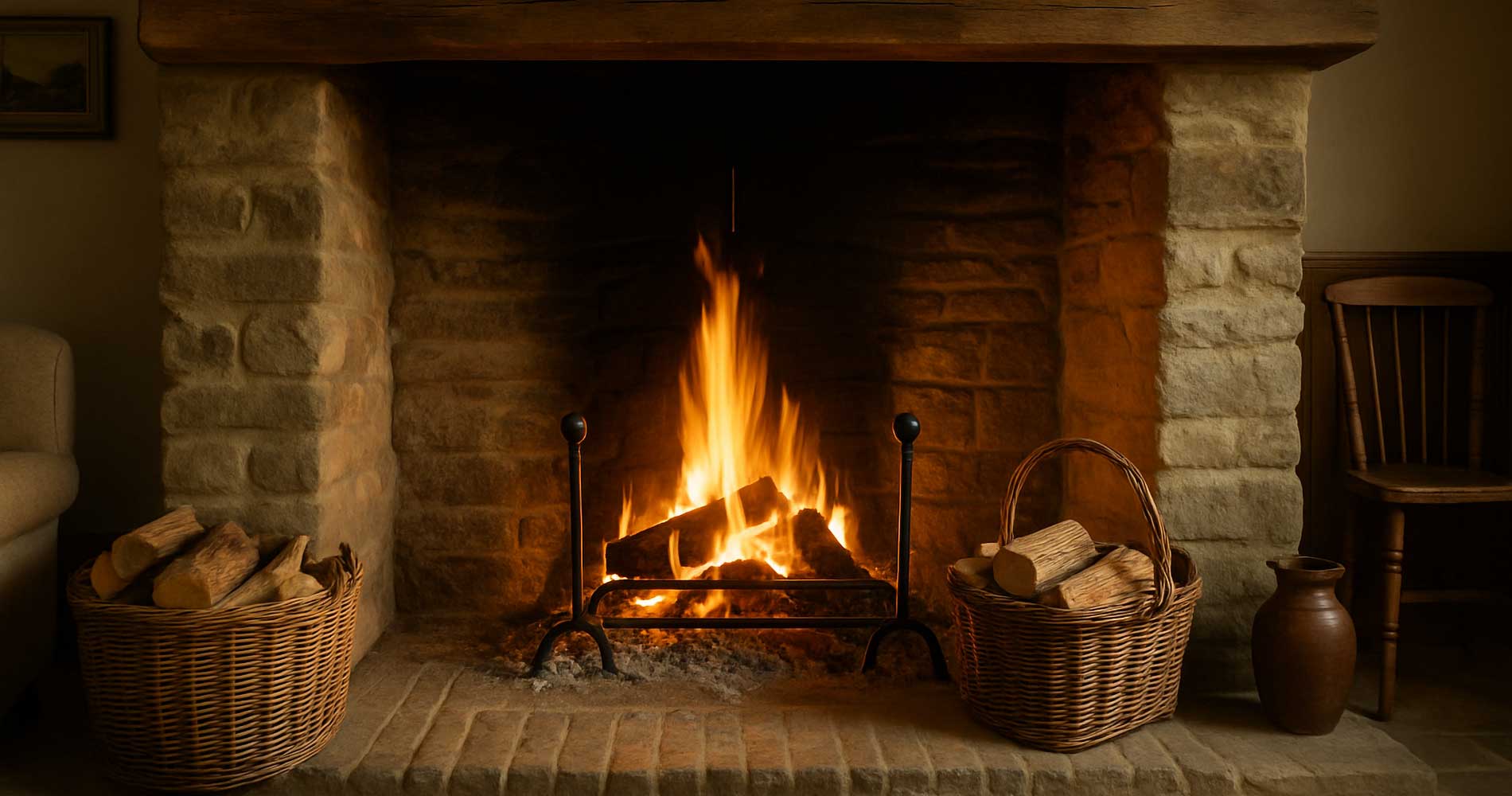Just Because Your Home Is Small Doesn’t Mean It Can’t Be Warm
Let’s be real—small homes are charming. But they’re also, well, small. Every inch counts. So the idea of installing a fireplace can feel... ambitious. Maybe even a little reckless. But here’s the good news: compact fireplaces exist, and they’re a total game-changer for cozy, space-conscious living.
Whether you're in a studio apartment, a snug little cottage, or that corner of a house that somehow became your "reading nook," there's a fireplace option that fits. Literally and stylistically.
What Makes a Fireplace "Compact" Anyway?
We're not just talking about something that's smaller in size (although, yes, that's a big part of it). A true compact fireplace should:
- Fit into tight layouts without dominating the room
- Provide enough heat to matter—without overheating the space
- Offer a safe and manageable setup, even in multi-use areas
- Actually look like it belongs in your home
In other words: practical, but still kind of magical.
Electric Fireplaces: Low Effort, High Comfort
If you’re renting, on a tight budget, or just not up for a big installation project, electric fireplaces are your best friend. They’re plug-and-play, safe around pets and kids (no open flame!), and many can be mounted right on the wall—kind of like art that glows and keeps your toes warm.
- Wall-mounted units: Great if you’re working with zero floor space.
- Freestanding models: Often look like classic stoves but weigh half as much.
- Media console combos: These combine storage, style, and heat in one neat package.
Bonus? Most models let you run the flame without the heat. So you can get that cozy vibe even when it’s 70° outside and you’re pretending it’s a crisp fall evening.
Gas Fireplaces: Efficient and Sleek
Got a bit more room—and maybe a little plumbing flexibility? A gas fireplace might be your answer. These units are powerful, efficient, and many are made specifically with small homes in mind. Some models are direct-vented, meaning they don’t need a traditional chimney. That’s a huge plus in apartments and smaller builds.
- Corner units: Slide neatly into tight corners without getting in your way.
- Built-in gas inserts: Ideal for converting old, unused fireplaces into clean-burning, heat-producing beauties.
- Wall recess designs: These can be installed flush into the wall—modern, sleek, and totally out of the way.
Just make sure you work with a certified installer—gas isn’t the place for DIY experimentation.

Wood-Burning Fireplaces: Yes, You Still Have Options
Love the crackle and smell of real wood? You're not alone. It’s the kind of warmth you feel in your bones. That said, traditional wood-burning fireplaces aren’t usually the go-to for small homes, mostly due to space, ventilation, and mess.
But if you're set on that real-flame life, there are some brilliant compact solutions:
- Small wood stoves: These come in various sizes and can put out a lot of heat without taking over the room.
- Pre-fab zero-clearance fireplaces: Built to be installed close to walls and other structures, they take up far less space than traditional masonry options.
- Convertible outdoor-to-indoor models: Some units are designed to be used in covered patios and small interiors alike, with proper ventilation.
Be honest about your maintenance bandwidth though. Wood-burning takes effort—logs, ash cleanup, chimney care. But for some, it’s absolutely worth it.
Ventless Fireplaces: Controversial, But Convenient
Not everyone loves them, and they’re not legal everywhere—but ventless fireplaces do exist. These usually run on gel, ethanol, or specially-formulated gas, and they require no chimney, flue, or exterior venting.
- Tabletop models: Tiny, portable, and more decorative than practical—but fun!
- Wall-hung ethanol units: Sleek, modern, and flame-forward without bulky infrastructure.
- Freestanding ventless fireplaces: Often lightweight and moveable, but always check local regulations before committing.
These are perfect for folks who just want a little glow without a lot of planning. Just remember—they don’t usually put out much heat, and air quality can be a concern in poorly ventilated spaces.
Tips for Fitting a Fireplace into a Small Home
It’s one thing to pick the right type—it’s another to make it work with your home. A few quick tips from those who’ve been there, done that:
- Think vertically: Wall-mounted or corner designs make use of space most people overlook.
- Don’t fight the layout: Work with your existing room flow. Avoid putting fireplaces where furniture has to float awkwardly.
- Use the fireplace as a focal point: Let it replace a TV or art piece. Multi-purpose = smart.
- Consider portability: Some electric models have wheels. Which is fun. And useful.
- Go light on the surround: Bulky mantels eat up precious room. Keep things simple and minimal.
It’s Not Just About Heat—It’s About Feeling at Home
When space is limited, every detail matters. And a fireplace, believe it or not, can be one of those details that completely transforms how a room feels. It can anchor your evening routines. Invite people in. Make a bland little corner feel like something worth curling up in.
So don’t let the size of your space talk you out of adding a fireplace. The options are better—and smarter—than ever. And no, you don’t need a log cabin or a 2,000-square-foot bungalow to feel the warmth.
Even if your home’s small, your comfort doesn’t have to be.
